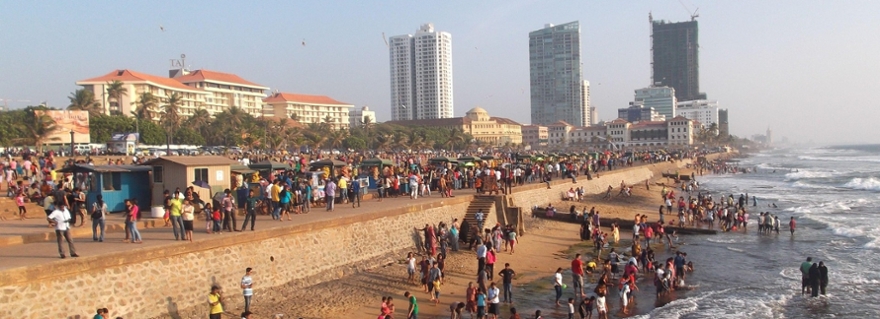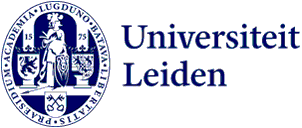
More than 100 years of studying South Asia: ‘The view of the area is changing’
At the Leiden Institute for Area Studies (LIAS), scholars have been studying the Indian subcontinent with attention and expertise for more than 100 years. This part of South Asia is an economic giant with a population of over two billion. Nira Wickramasinghe, Professor of Modern South Asian Studies, explains more about this exceptional expertise.
As early as the 18th century, Sri Lankans came to study at Leiden University, because parts of South Asia, such as Cochin and Sri Lanka, were controlled by the Dutch East India Company (VOC). ‘Before falling into British hands in the 19th century, Sri Lanka was a Dutch colony. The VOC was mainly interested in cinnamon, but even in the 18th century there were Sri Lankans who came to Leiden University to study subjects such as theology or law. As a native Sri Lankan, I find that history incredibly interesting.’
She therefore joins a long tradition of scholars at Leiden, where the academic study of Sanskrit was initiated in the early 19th century by the orientalist Hendrik Hamaker. This led to a chair in Sanskrit being established in 1865, held by the famous Hendrik Kern (professor from 1865 to 1903). The Kern Institute was added in 1924, with a central focus on Indian archaeology and indology. ‘At that time, the emphasis was very much on analysing textual and archaeological sources,’ says Wickramasinghe. ‘Researchers today use various archives in Asian and European languages, combined with ethnographic and digital methods to understand the area.’
The same pillars
Wickramasinghe: ‘The two pillars on which our research was based in the past can still be seen today. We still have a Professor of Sanskrit – Peter Bisschop – and we’re also still interested in cultural history. However, the Leiden tradition is adapting to the changing times. Our perspective is increasingly from within the area itself, and our focus is also on current developments.’ For instance, senior lecturer Alicia Schrikker conducted research on looted art taken from this former colony, which resulted in several objects being returned. She herself supports this approach with a research study using the Indian Ocean to map connections between people, and also the slave trade.
Another adaptation is the composition of the team, which now has a strong emphasis on exchange. ‘We have a large group of internationally trained academics,’ says Wickramasinghe. ‘It gives tremendous added value to also have people from the area, especially for studying present-day South Asia. They often have unique insights and access to local networks.’
Staying together
It is unfortunate that all the South Asia experts are dispersed across various institutes and faculties, although the LIAS has the largest concentration of scholars. Summarising, Wickramasinghe explains: ‘We have people who work on languages like Hindi, Bengali and Sinhala, but also people who work more in anthropology or art history. This means we’re internally dispersed across different institutes, which sometimes makes it hard to coordinate everything as a whole. There are plans for a platform, but this is a really difficult time, with budget cuts currently posing a threat to our area of expertise. It’s a terrible shame, because Leiden is unique in its approach to this area. Although our study programme is quite small, our students are very satisfied and our graduates find excellent positions, for instance with government ministries. It’s the interaction of past, present and future that makes the study of South Asia at Leiden University so special.’
